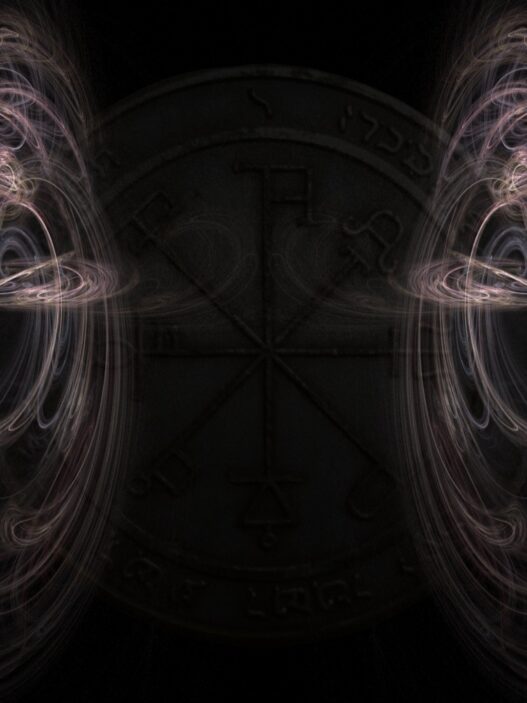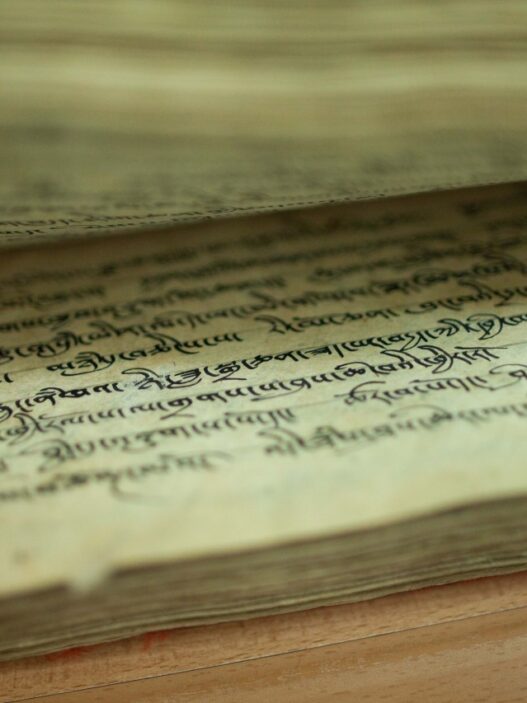In this fourth course of the ACI In-Depth Course Series, we will dive deeply into the study of emptiness and learn the art of interpreting what the Buddha really meant. This is one of the most beautiful subjects, and incidentally the most difficult, of the entire Geshe study program.
This teaching was given by Geshe Thubten Rinchen, who Geshe Michael considers to be the greatest living scripture teacher in India. He agreed in 1998 to give a few lectures on it to Geshe Michael and 15 of his ACI students which turned out to be the 26 classes listed below. In January, 2000, 80 ACI students returned to Sera Mey for round two, which we’re currently working on editing and will be available here shortly.
You’ll find all the audio below along with very detailed and meticulous class notes. This is an extremely rare opportunity to receive a teaching of this depth and beauty from such a great master teacher. Geshe Michael has stressed time and time again that he doesn’t believe there is another person who’s teaching nowadays who could give an explanation like this.
Geshe Thubten Rinchen teaches in Tibetan and it’s interpreted immediately into English with such clarity by Geshe Michael for his own students who were there in the audience. One of the things that we really love about these recordings is, in our opinion, a rare opportunity to see two great masters in action.
Another thing that will strike you with this teaching is that it’s an extraordinary example of an unbroken oral lineage going back 2,500 years to the Buddha himself. One teacher pouring this knowledge into another, who then is immediately interpreting it, and pouring into his own students right before your very ears.
This course is meant to give much more detail than the related original ACI course, ACI Course 15: What the Buddha Really Meant (1998, New York, Geshe Michael Roach), and is based upon The Commentary on the True Intention of the Sutras (Dode Gong Drel) and The Sutra Requested by the Arya Named Never-Ending Wisdom (Pakpa Lodru Misepe Shupay Do) by Shakyamuni Buddha, with a commentary from The Essence of Eloquence on the Art of Interpretation (Drange Lekshe Nyingpo) by Je Tsongkapa (1357- 1419).
Topics include: the importance of evaluating spiritual teachings, how to interpret when spiritual teachings are literal or figurative, how to evaluate apparently conflicting teachings, a summary of the teachings Lord Buddha gave in each of the three Turnings of the Wheel of the Dharma, the goal of each of the three Turnings of the Wheel, an explanation of the ideas held by each of the main schools of Buddhism, ultimate reality (emptiness) according to each of the schools, the three progressively higher understandings of emptiness, the three attributes of reality, a comparison of the Mind- Only School and the Middle- Way School explanations of emptiness and dependent origination, how to use an understanding of emptiness to stop all your suffering, and how to stop your aging and death by stopping your ignorance.
Course Materials
Course Materials (from ACI Course 15)
Video
Audio
Taught by Geshe Thubten Rinchen in Tibetan and interpreted in English by Geshe Michael Roach.






















